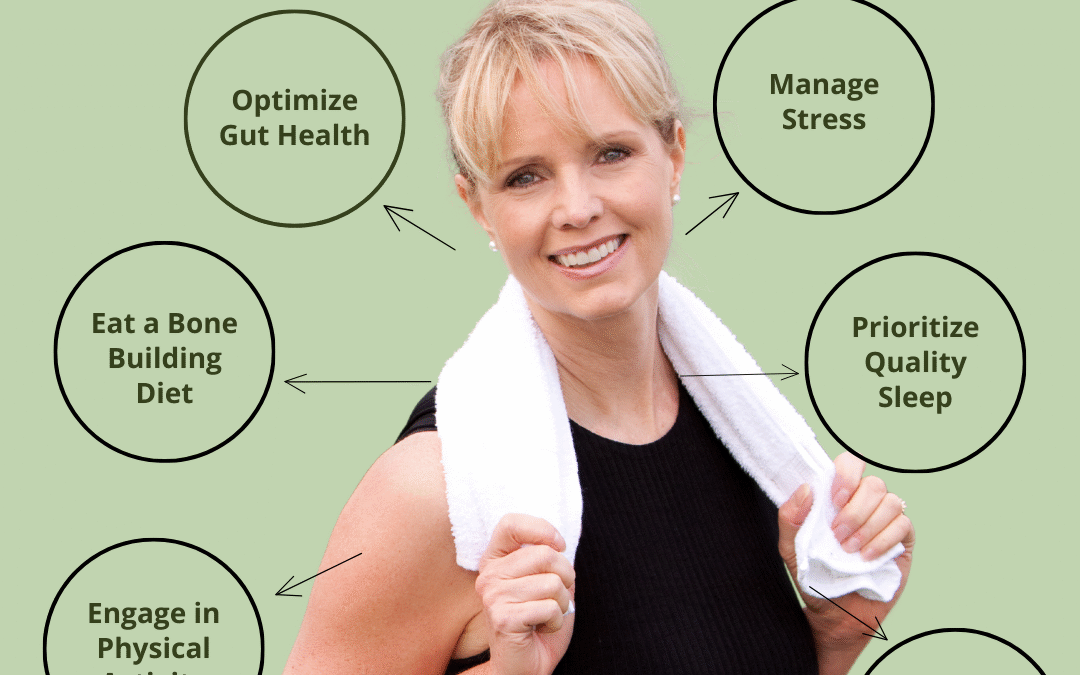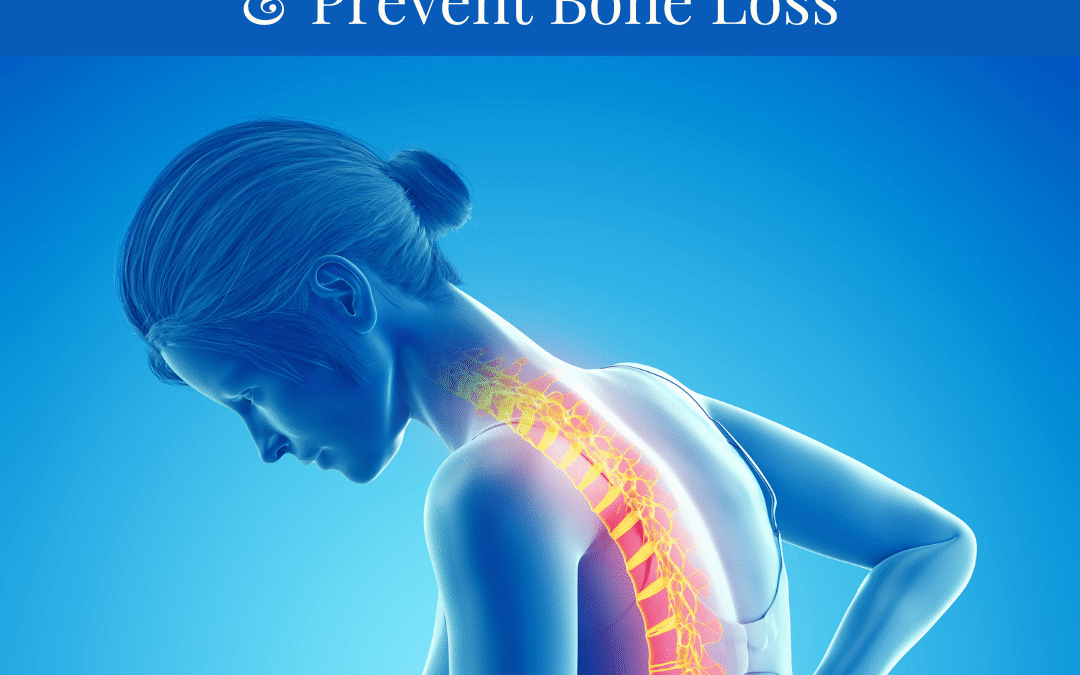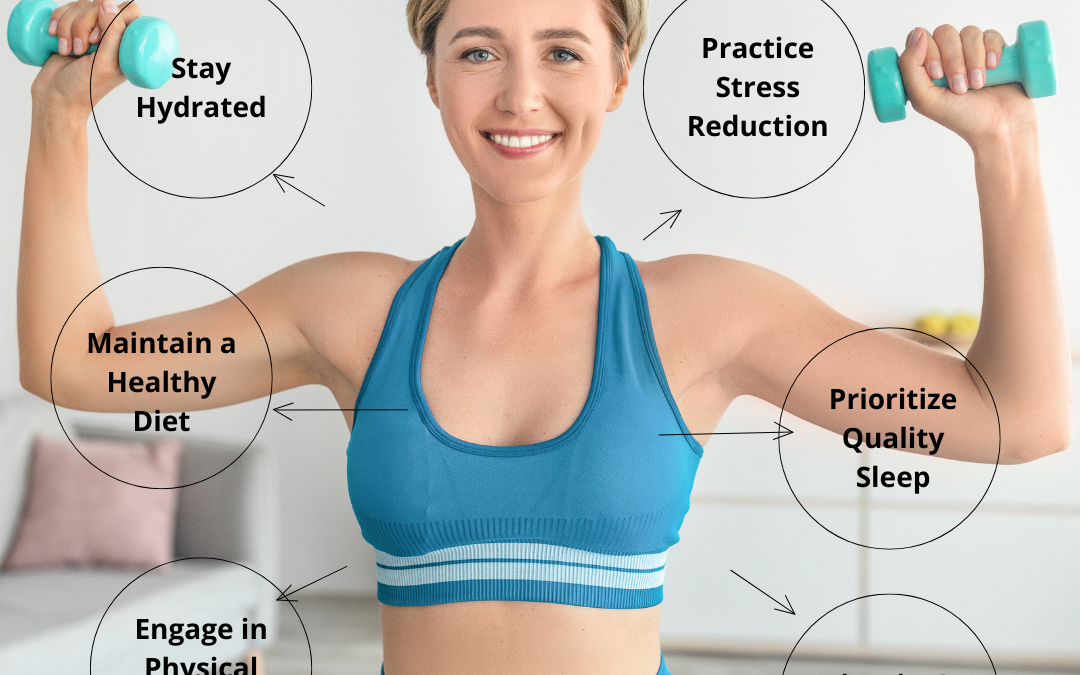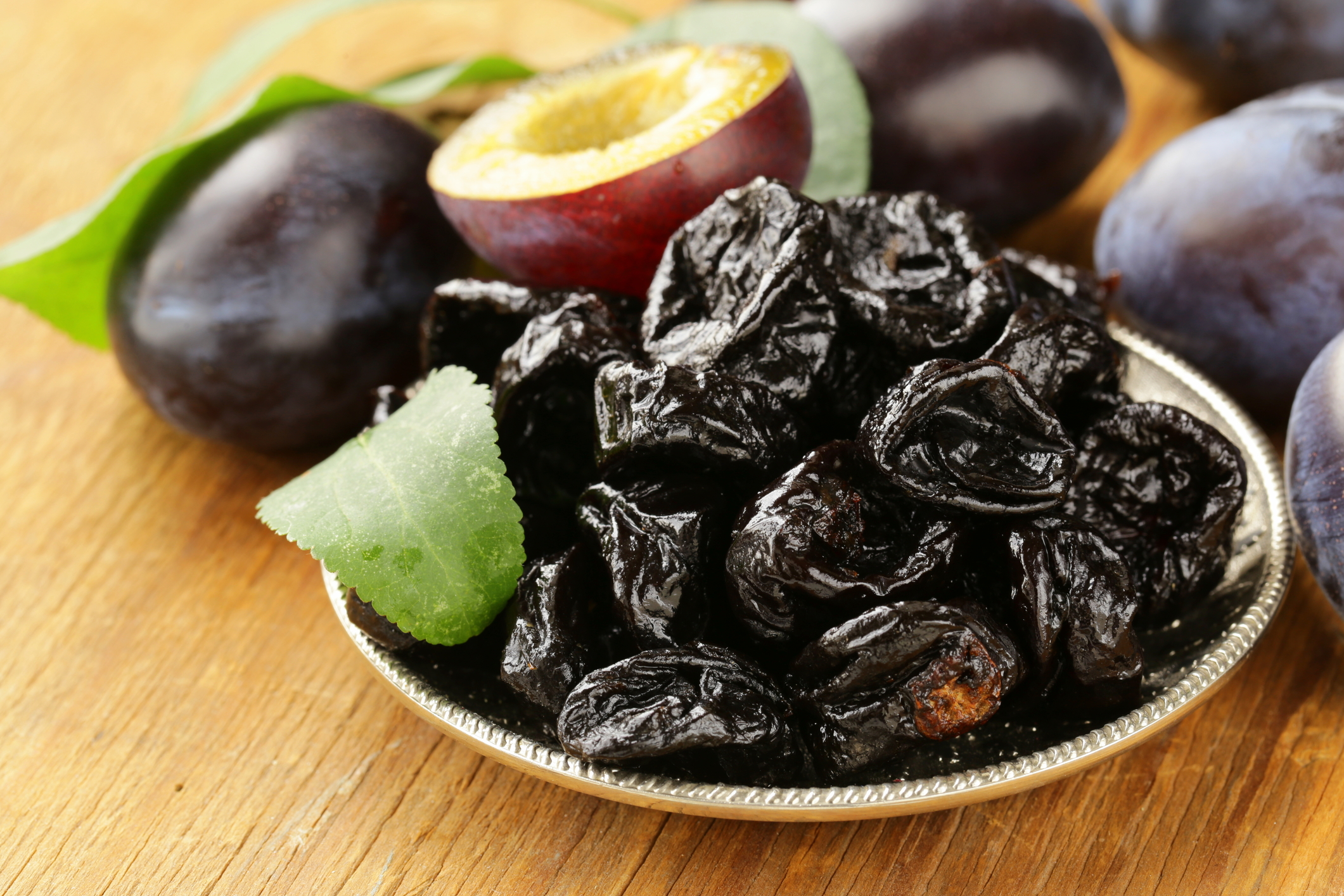
Stress and Osteoporosis: How Managing Stress Can Improve Bone Health
Stress is a well-known factor affecting overall health, but its impact on bone health, particularly in women with osteoporosis, is often overlooked. Chronic stress leads to elevated cortisol levels, which can significantly contribute to bone loss and increase the risk of osteoporosis.
The Role of Cortisol in Bone Health
Cortisol, commonly known as the “stress hormone,” is produced by the adrenal glands during stressful situations. While it plays a vital role in various bodily functions, prolonged elevated cortisol levels can have detrimental effects on bone density.
-
-
Inhibition of Bone Formation: Elevated cortisol levels disrupt the balance between osteoblasts (cells responsible for bone formation) and osteoclasts (cells responsible for bone resorption). This imbalance leads to decreased bone formation and increased bone resorption, resulting in reduced bone mineral density (BMD).
-
Calcium Absorption Interference: Chronic stress-induced cortisol elevation can impair calcium absorption in the intestines, leading to decreased calcium availability for bone maintenance. This reduction in calcium absorption further contributes to bone loss and increases the risk of osteoporosis.
-
Psychological Stress and Osteoporosis
The connection between psychological stress and osteoporosis is supported by research indicating that chronic stress can exacerbate bone loss. Studies have shown that individuals experiencing high levels of stress exhibit greater declines in bone density over time compared to those with lower stress levels.
Strategies for Mitigating Stress-Related Bone Loss
Addressing chronic stress is crucial for maintaining bone health and reducing the risk of osteoporosis. Implementing effective stress management techniques can help mitigate the negative impact of stress on bones.
-
-
Mindfulness and Meditation: Practices such as mindfulness-based stress reduction (MBSR) have been shown to effectively manage anxiety and depression, thereby reducing stress levels. Regular meditation fosters a sense of calm and can lower cortisol production.
-
Physical Activity: Engaging in regular weight-bearing exercises, such as walking, yoga, Pilates, and tai chi, can strengthen bones and improve overall well-being. These activities not only promote bone density but also aid in stress reduction.
-
Adequate Sleep: Prioritizing sufficient sleep is essential, as sleep deprivation can lead to elevated cortisol levels, contributing to bone loss. Establishing a regular sleep schedule and creating a restful environment can support both stress management and bone health.
-
Social Support: Building and maintaining supportive relationships can buffer against stress. Participating in community groups or seeking support from friends and family can provide emotional assistance, reducing stress and its associated impacts on bone health.
-
Check out this blog for more ways to address stress and become more resilience!
Conclusion
Chronic stress poses a significant threat to bone health by elevating cortisol levels, which in turn accelerates bone loss and heightens the risk of osteoporosis. Implementing stress reduction techniques, such as mindfulness practices, regular physical activity, adequate sleep, and fostering social connections, is essential for preserving bone density and overall health. By proactively managing stress, individuals can take meaningful steps toward preventing osteoporosis and maintaining a robust skeletal system.
Want more insight on how you can build stress resilience and build strong, health bones? Contact me to schedule a consult.









